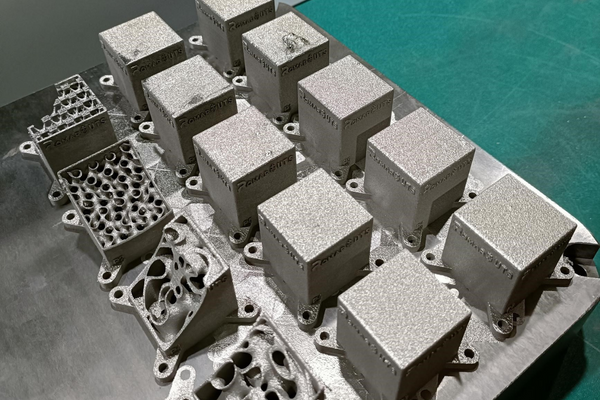SmartSat is committing over AU$1 million to support the development of new space technology that will be tested in space as payloads on the Waratah Seed WS-1 (Waratah Seed) spacecraft, Australia’s first space qualification-focused ride-share mission, due to take its maiden flight later in 2023.
The SmartSat NSW Node and SmartSat-initiated space start-up hub, the Aurora Space Startups Cluster, are funding projects which combined represent a significant portion of the Waratah Seed mission budget.
Waratah Seed is an Australian-built 6U-sized satellite, partly funded by NSW Government and developed by the ARC Training Centre for CubeSats, UAVs, and their Applications (CUAVA), based at the University of Sydney (USYD) with the support of a number of NSW-based partners: Saber Astronautics, Macquarie University, the Delta-V Space Hub, ACSER at University of NSW, University of Technology Sydney (UTS), and USYD. It is an historic project to help establish foundational capabilities in the NSW space sector and the Australian space industry as a whole.
 A novel heat management based on specially designed 3D-printed meta-material structures with optimised thermal properties and low mass. A partnership between Mawson Rovers, Spiral Blue, University of Technology Sydney, and the University of Sydney
A novel heat management based on specially designed 3D-printed meta-material structures with optimised thermal properties and low mass. A partnership between Mawson Rovers, Spiral Blue, University of Technology Sydney, and the University of Sydney
Its mission is to deliver spaceflight opportunities in Low Earth Orbit (LEO) for novel commercial and R&D payloads (scientific or technical instruments carried on board a satellite) to test and prove their function and capability in space.
One of two SmartSat NSW Node funded projects is a heat management solution for onboard ‘spaceedge’ computer chips. As heat management is a significant challenge for LEO satellites, this technology is attracting strong investor and commercial interest worldwide. Developed by an industry-research consortium formed by space startup companies Mawson Rovers Pty Ltd and Spiral Blue Pty Ltd with SmartSat CRC research partner the UTS, the technology will demonstrate a novel heat management solution as a vital enabler of space edge computing systems for the current and next generation of Australian and internationally manufactured payloads and satellites.
Andy Koronios, CEO of SmartSat CRC, said Waratah Seed is an historic step for NSW’s space industry.
“SmartSat welcomes NSW’s commitment to Waratah Seed, and we are excited to be a part of such a momentous project. We enjoy a strong relationship with Investment NSW and support the growth of the NSW space ecosystem to deliver cutting-edge projects critical to the nation’s space priorities. These two projects are extremely significant for furthering space technology and developing the space sector in NSW and Australia.”
Professor Iver Cairns, Director of Waratah Seed project and CUAVA, said the support Waratah Seed is receiving from SmartSat CRC is critical to mission success.
“I’m delighted to be partnering with SmartSat CRC to bring our vision of Space Flight Qualification for novel Australian space technology to life. The payload teams that SmartSat has selected are creating exciting solutions for difficult problems in space edge computing and satellite resilience. We’re looking forwards to launching and operating them in space together before the end of the year.”
Dr Tim Parsons, SmartSat NSW Node Coordinator, member of the Waratah Seed project, and board member of the Aurora Space Cluster, said that the mission is giving Australian startups and their partners in R&D a valuable pathway to earning space-flight heritage, critical to win customers locally and internationally.
“NSW is a leader in Australian space research and is home to more than a third of the nation’s space startups and SMEs. The space sector is critical for our nation’s future. Learning how to support space startups to become space-qualified and grow their market share drives sustainable long-term economic growth, and positions Australia at the forefront of emerging space technologies and business models.”
Taofiq Huq, CEO and co-founder of Spiral Blue, said the heat management technology would drive the development of future satellite services.
“We’re thrilled to be a part of this historic mission and welcome SmartSat and NSW’s support. To realise advanced LEO satellite services, increased on-board computational resources are needed. But these loads will generate heat that must be managed at a CPU chip level to maximise the number of images we can classify and the answers we can provide from data on-board our customers’ spacecraft. Given the wide-ranging relevance of this issue for future Australian small satellites, demonstrating a solution is of significant potential technical and commercial value.”